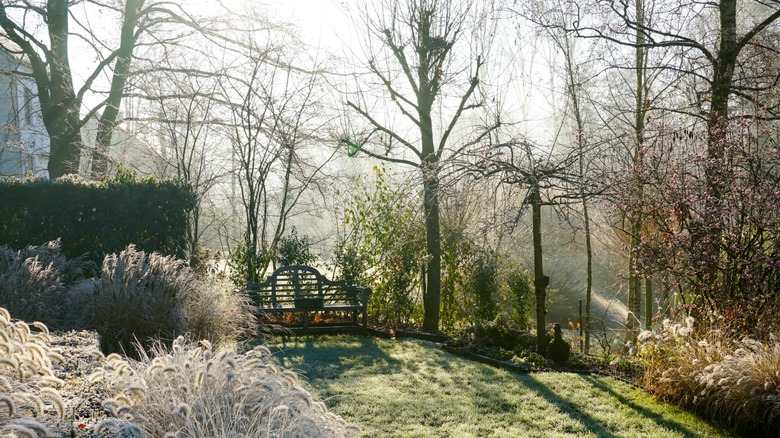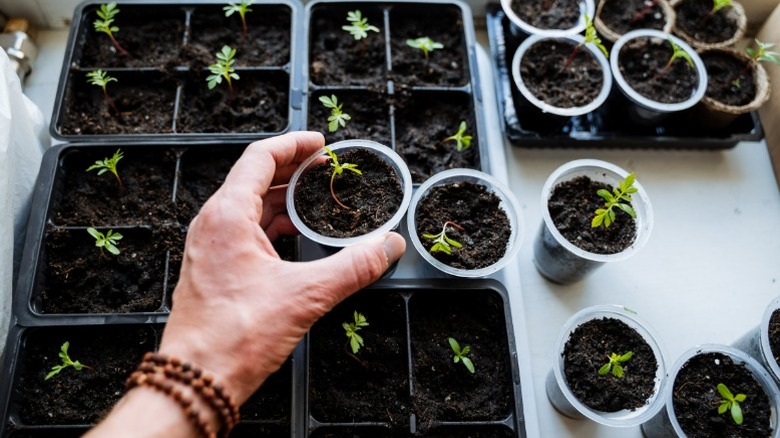How To Correctly Time And Prepare Your Garden After The Last Winter Frost
Timing the last winter frost accurately can be very important when preparing to plant outdoors in your garden. Many plants commonly grown in home gardens require ample time to flourish indoors before they are ready to be transplanted outside. Depending on your climate and growing zone, you might need to begin preparations sooner rather than later. To find the best time to begin gardening outdoors, check the last frost date in your region. Start by finding your zone using the USDA Plant Hardiness Zone Map. This will help you start your search for the average lost frost date for your region, determined by data from prior years. This date isn't a guarantee, however. There is still a 30% percent chance of frost occurring after a spring frost date.
To check when the last winter frost is estimated for your area, find your area on a frost date map. Because frost-free dates are figured out using data from weather stations across the U.S., you can find the most accurate information from a local organization like a university or state climatologist. With a good estimate of when your area will experience its last frost, you can focus on sowing your seeds at the proper time to make sure they're ready for transplant. You'll also know when it's safe to place other plants outside without the risk of frost damage. This is similar but slightly different to finding the first frost date where you live, which helps determine how long you have to garden outside.
Sowing seeds and planting seedlings at the right time
Once you know the last frost date for your region, you have a good starting point to sow seeds indoors. Preparation for your garden begins in late winter and early spring for most people. For example, if you live in a northern area of Illinois and want to grow tomatoes outdoors, you need to plan to start them at least 6 to 8 weeks ahead of the last frost date. That means by late May or the middle of June you would be ready to transplant them to an outdoor garden space.
Frost-free dates are especially relevant for those growing mainly warm-season crops that cannot withstand low temperatures. Cool-season crops, like carrots, radishes, and turnips, will not be very affected by a light frost. But your tender young tomatoes, peppers, and cucumbers could be damaged. When it comes to planting a garden, last frost dates and soil temperature both play a role, so don't forget to check the soil temperature before planting in the ground.
For the most accurate information about how long a certain plant takes to mature, always check seed labels and packets. It's very good to know what a USDA growing zone is and which one is your growing zone, including the length of your growing season. If your growing season is considerably shorter due to where you live, you could focus your efforts on starting vegetables indoors sooner. Once you are satisfied that your last frost day has passed, you can bring out your seedlings and get them in the ground.

